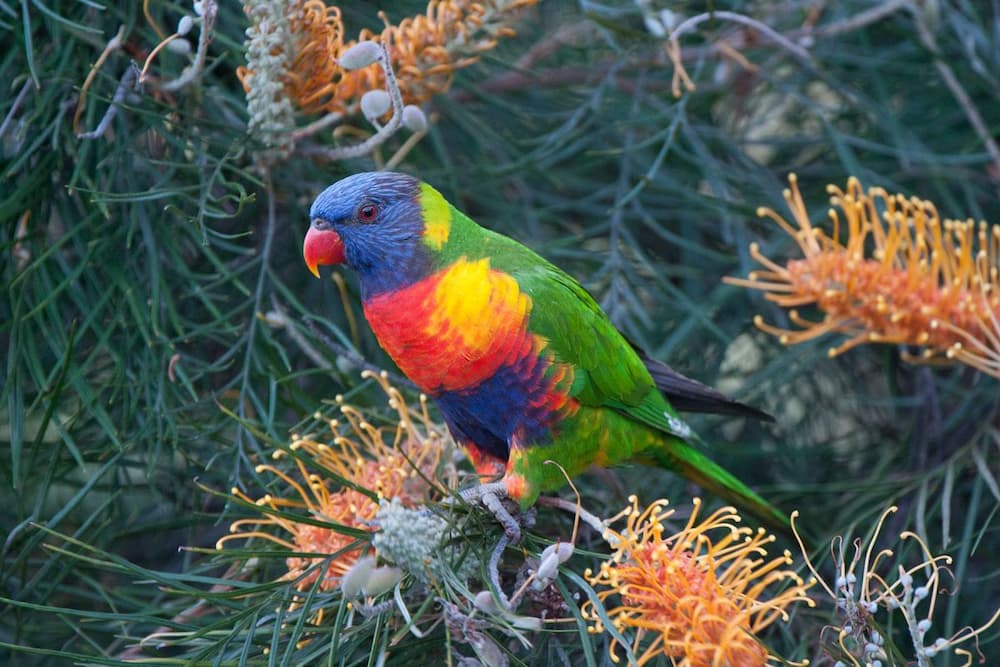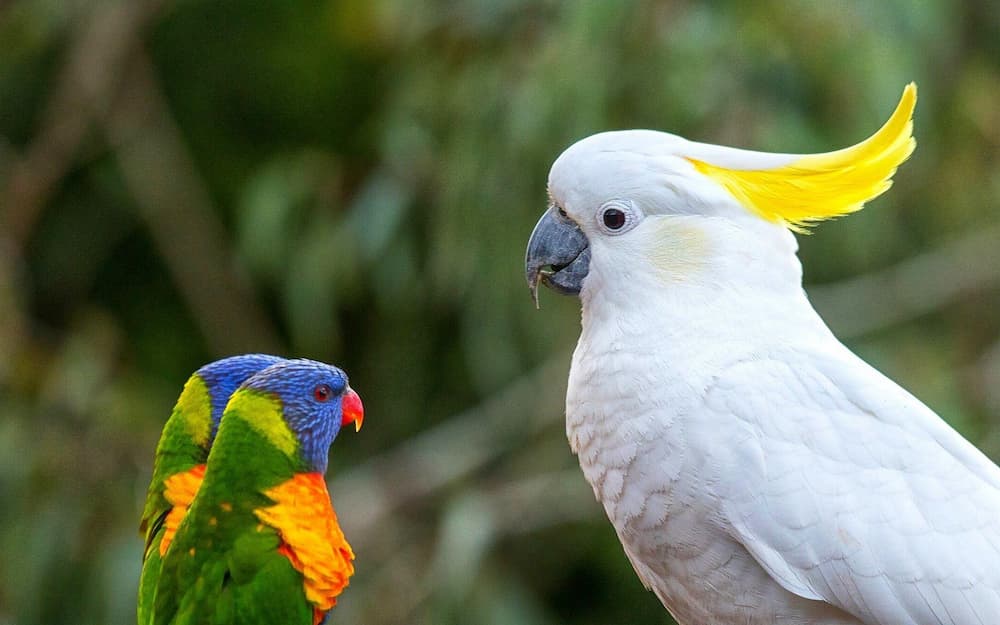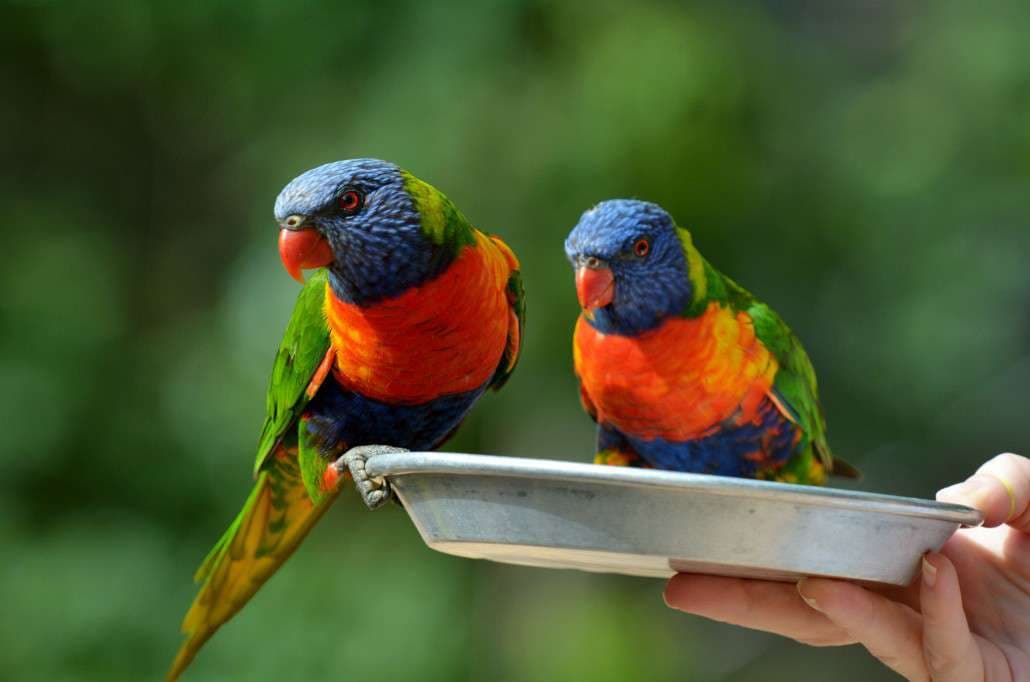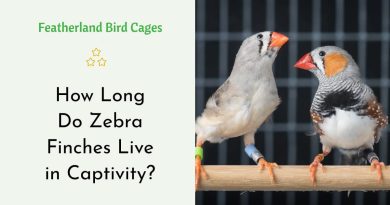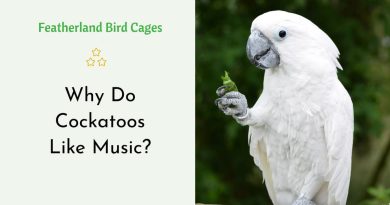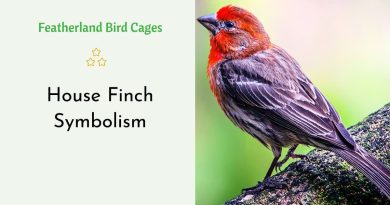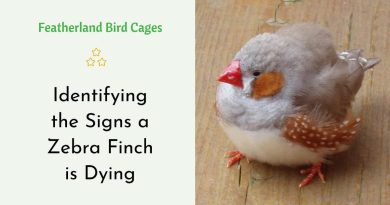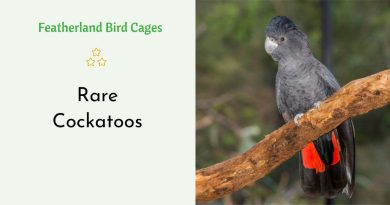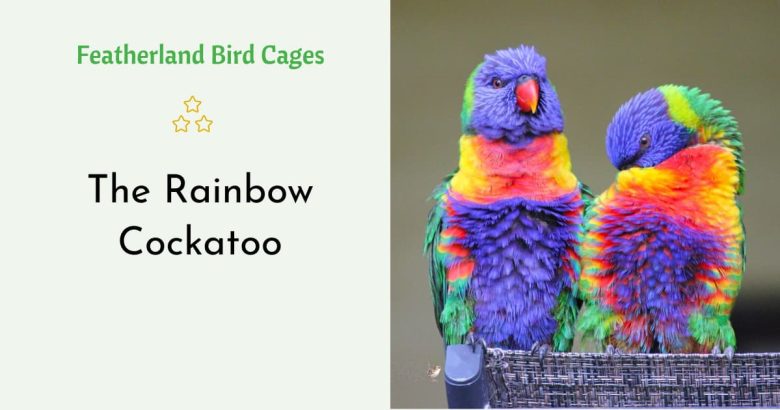
These birds are very raucous and frequently get into territorial disputes with sulphur-crested cockatoos over nesting hollows. The resulting squabbles can last from a few minutes to several hours and are very noisy.
Rainbow lorikeets require a large cage and a lot of supervised daily out-of-cage play time. They also love to chew, so stock up on toys made of safe destructible woods.
Appearance
Rainbow cockatoos have mainly white feathers, but the upper and lower surfaces of the inner half of large wing feathers and areas covered by these are yellow. The rest of the cockatoo is dark brown.
These birds are active, chatty, and entertaining. They like toys and play for hours each day. In fact, they can become depressed if they don’t get enough exercise.
In the wild, rainbow lorikeets live in woodland and bushland habitats from northern Queensland to southern Australia along the eastern coast. They also thrive in urban parks and beautiful gardens.
This species can be distinguished from other cockatoos by the darker head and black body of its females. Its males have two red panels on their tails. The eyes of rainbow cockatoos are usually dark, but they can lighten as the birds mature. Their beaks and feet look rough and worn with age. Their sex can be determined by looking at which bird lays eggs or having them professionally sexed by a veterinarian.
Habitat
The rainbow cockatoo is an arboreal bird, living in the rainforest canopy and woodlands. It feeds on flowers, nectar, seeds, fruit, insects and other small animals. It uses its long, brush-tipped tongue to gather pollen and has hairs on the tips that also help soak up nectar. These birds are active and vocal, forming large flocks for most of the day.
Males establish feeding territories and aggressively defend them from other males and even larger birds. Females lay an average of two eggs in a cup-shaped nest built from plant fibers, bark and lichens. The young hatch after about 10 days.
In the wild, lorikeets switch between summer and winter roosting sites depending on the weather. They are particularly sensitive to temperature changes. In captivity, they require a large cage with plenty of supervised outdoor playtime. This activity helps prevent depression and keeps their minds and beaks active. They are avid chewers and need safe woods toys to exercise their beaks.
Feeding
A cockatoo lowering its crest can be a sign of friendliness or peace but it can also signal territoriality. If a cockatoo raises its crest in aggression, it should not be approached since it may bite.
In the wild, rainbow lorikeets eat fruit, nectar and pollen and have a tongue adapted to these items. [22] They glean invertebrates from the ground, including lerp and psyllids and also graze on exotic lemon-scented gums, spotted gums, sheoaks, coral trees, date palms, figs and native jarrah, marri and she-oaks.
They require a variety of plant material in their diet and should be fed a mix that includes seed, pellets and other vegetables and fruits. In addition, a small amount of animal protein is needed (from egg, meat, or non-poisonous insects) and they must have regular, supervised out-of-cage playtime for mental and physical health. A cockatoo that is overweight will suffer from skeletal and feather disease, so be sure to monitor their weight and provide them with plenty of room in their cage.
Care
They are a highly intelligent bird that will learn to say words and entertain their family with their chatter. They can also be prone to biting and need to be handled carefully, especially if they are nervous or stressed.
Providing your bird with plenty of toys, perches and ladders to play on is important for their mental health. They are strong chewers, so make sure to stock up on toys made from safe woods.
You will need a large cage for this bird as it can be active and needs more than 3 hours of daily, supervised outside-the-cage playtime for good physical and emotional health. Avoid letting them explore areas that contain open flames, and keep them away from mirrors and glass windows. Air fresheners, candles and other scented products can be harmful to birds.
Regular annual routine veterinary visits are recommended. This will include a physical examination, grooming (including nail and wing trimming as necessary) and laboratory testing to monitor the health of your bird.

